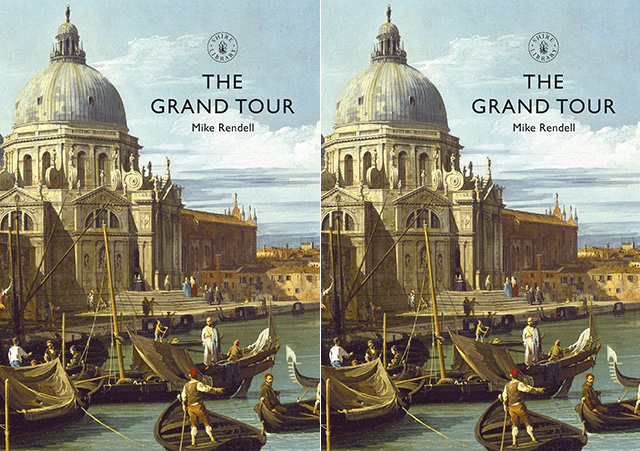The Grand Tour
Book review

The Grand Tour, Mike Rendell, Shire Publications, 2022, 64p, £8-99. ISBN 978-1-78402-695-4.
‘The Grand Tour’ became a major rite of passage for many young aristocrats and was at its peak in the mid-18th century, when Europe experienced a rare three decades of relative peace. It was inspired by Catholic priest and travel writer, Richard Lassels’ 1670 publication, The Voyage of Italy, with this present book focusing on its heyday before the French Wars diverted similar travellers elsewhere. Superficially there are similarities with today’s ‘gap year’ travels with the opportunity to experience different cultures, discover classical art and architecture, and for some, to ‘party, party, party’. But the Grand Tour required significant financial resource, something only the most privileged might aspire to enjoy. While some tours were conducted in a few months, many extended over several years.
Mike Rendell guides us through the typical itinerary: across the Channel to Paris, travelling through France via Lyon and either across the Alps at Mont Cenis to Turin, or to Italy by sea from Marseilles; then on to Venice, ideally for the carnival; to Florence where the Uffizi Gallery was the highlight; to Rome, preferably for Holy Week; followed by Naples. It wasn’t all plain sailing. A forerunner of the modern passport had to be acquired. Sea journeys were perilous. Many roads were in poor condition. Alpine crossings were hazardous. There were custom posts to negotiate. Self-sufficiency in local currency and in medical supplies to be arranged. And the ever-present threat of encountering robbers made carrying a pistol a prudent precaution. On the fun side, for the well-connected there were endless, banquets, entertainments, shops, elaborate fashions, art galleries, antiquities and churches to enjoy.
Mike Rendell’s brisk, conversational style makes for an easy read. He introduces us to some of the best-known collectors, such Hans Sloane, as well as to the souvenir wares popular with Grand Tourists. There is a chapter on artists who undertook the Grand Tour, J.M.W. Turner and Joseph Wright among them, while, in architecture, the impact of continental designs on the country house designs of William Kent, James Wyatt, and Robert Adam is clear.
The Grand Tour is productively illustrated and there are good suggestions for further reading and links to online resources.

